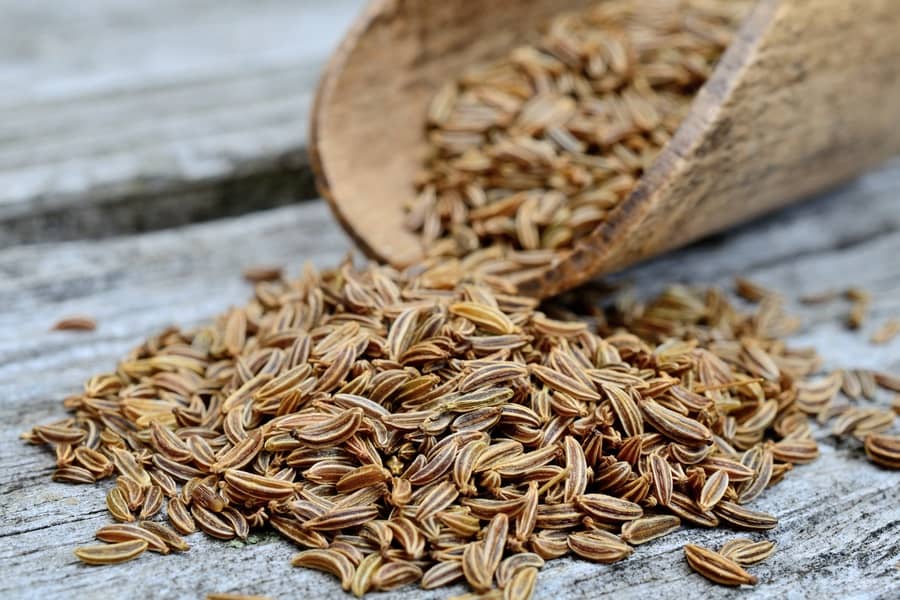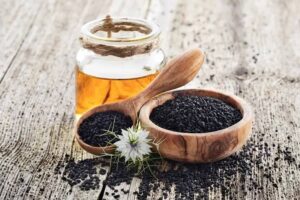Black Seed and Caraway are two seeds that often pique curiosity due to their similar appearance and taste. While they share certain characteristics, they also have distinct qualities and applications. This article aims to provide a comprehensive understanding of both seeds, highlighting their differences, similarities, and diverse uses.
Background on Black Seed
A. Originating from the Nigella Sativa plant, Black Seed has a rich history and is native to Asia, the Middle East, and Eastern Europe.
B. Black Seed is renowned for its potent health benefits, including antioxidant and anti-inflammatory properties. It boasts a nutritional profile containing essential fatty acids, vitamins, and minerals.
Background on Caraway
A. Caraway, scientifically known as Carum carvi, is a biennial plant native to Europe, Western Asia, and North Africa.
B. Caraway seeds have been utilized for centuries in culinary applications and traditional medicine. They are distinguished by their aromatic flavor and medicinal properties.
Comparison between Black Seed and Caraway
A. Appearance and Taste Characteristics:
- Black Seed: These small, black, triangular-shaped seeds possess a slightly bitter and nutty taste.
- Caraway: Caraway seeds are small, brownish, curved, and offer a warm, earthy, and slightly sweet taste.
B. Medicinal Properties and Health Benefits:
- Black Seed: Black Seed is celebrated for its immune-boosting, anti-inflammatory, and antioxidant properties. It has been traditionally used to alleviate respiratory issues, support digestion, and promote overall well-being.
- Caraway: Caraway seeds have a history of aiding digestive disorders, such as bloating and indigestion. They also exhibit antimicrobial properties and may help relieve menstrual cramps.
Culinary Uses and Flavor Profiles:
- Black Seed: Commonly employed in Middle Eastern and South Asian cuisines, Black Seed adds a distinctive flavor to dishes, enhancing the taste of bread, curries, and pickles.
- Caraway: Caraway seeds find wide usage in European cuisine, particularly in rye bread, sauerkraut, and various meat dishes. They contribute a distinct flavor that imparts depth and complexity to recipes.
Availability and Cultivation:
- Black Seed: Black Seed is widely available as whole seeds, oil, or supplements. It can be cultivated in temperate climates.
- Caraway: Caraway seeds are commonly found as whole seeds or ground spice. They are cultivated in regions with cooler climates.
Synergistic Effects and Complementary Uses
A. Black Seed and Caraway possess medicinal properties that may complement each other in certain applications.
B. In traditional medicine, these seeds are often combined to address digestive issues, respiratory conditions, and overall health support.
Recipes and Culinary Applications
A. Highlighting recipes that incorporate either Black Seed or Caraway, showcasing their unique flavors and culinary versatility.
B. Exploring how these seeds can elevate the taste and aroma of various dishes, such as bread, stews, and desserts.
Safety Considerations and Precautions
A. Individuals should be aware of potential allergies or sensitivities to Black Seed or Caraway.
B. Recommended dosage and usage guidelines for both seeds should be followed to ensure safe consumption.
Conclusion
While Black Seed and Caraway share some similarities, they also possess distinct characteristics and applications. Understanding their differences allows us to appreciate their individual contributions to culinary delights and potential health benefits. Incorporating these versatile seeds into our diets can introduce unique flavors and provide various wellness advantages, making them valuable additions to our pantry.



